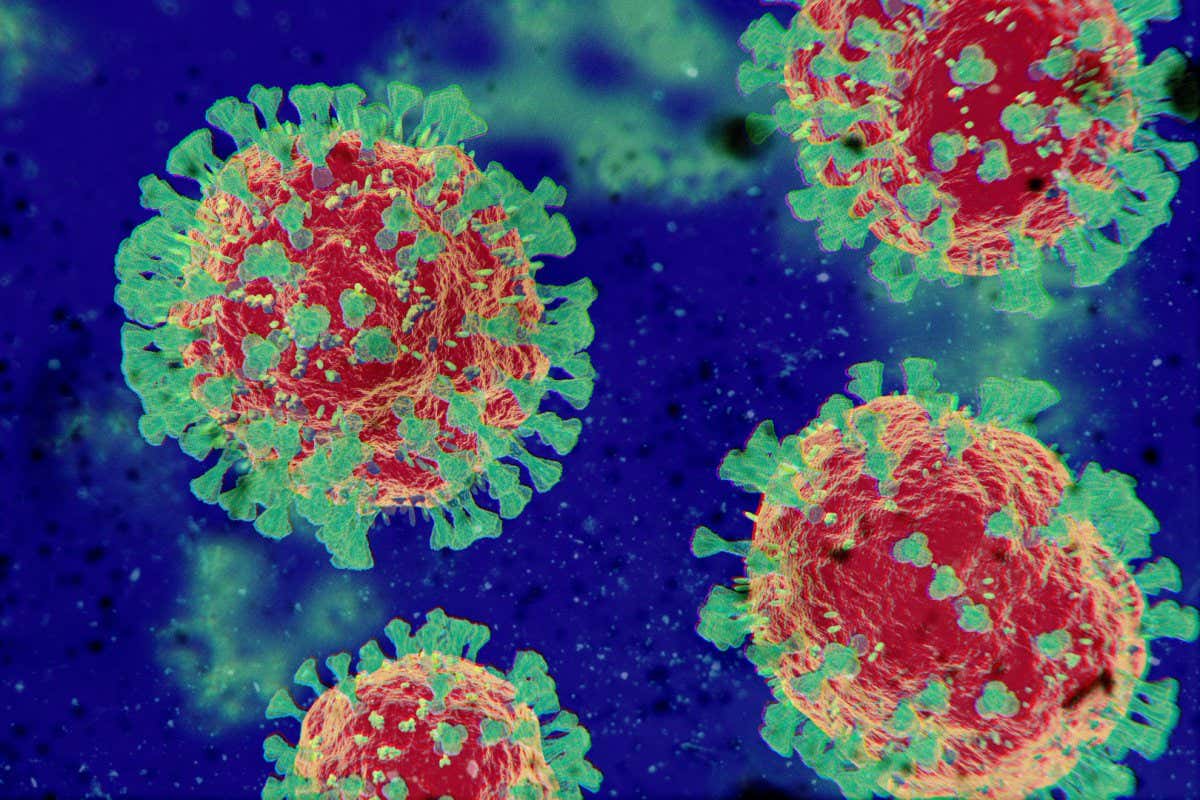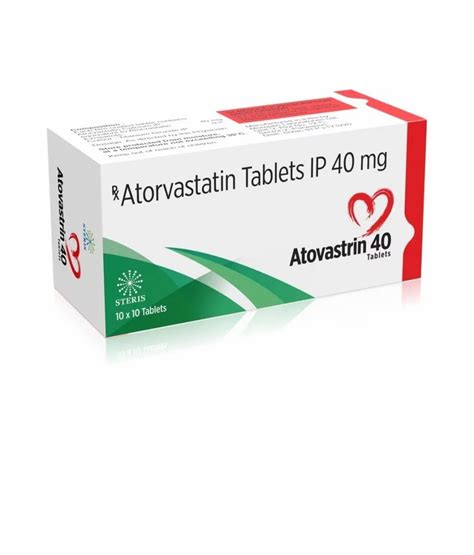The COVID-19 pandemic has brought about unprecedented challenges and uncertainties, with new strains and variants emerging periodically. One of the most critical aspects of managing this disease is recognizing its symptoms, which can vary significantly from person to person and even among different strains. Understanding the symptoms of COVID-19, particularly those associated with new strains, is essential for early detection, effective treatment, and preventing further spread.
Introduction to COVID-19 Strains
COVID-19 is caused by the SARS-CoV-2 virus, which, like other viruses, undergoes mutations as it spreads. Some of these mutations result in new strains or variants, some of which may have different characteristics, such as increased transmissibility or severity. The ability of the virus to mutate is a natural process, but it complicates public health efforts to control the pandemic. Key strains that have been identified and named by the World Health Organization (WHO) include Alpha, Beta, Gamma, Delta, and Omicron, each with its own set of concerns regarding transmissibility and potential impacts on vaccine effectiveness.
Recognizing Symptoms
Symptoms of COVID-19 can range from mild to severe and may appear 2-14 days after exposure to the virus. Common symptoms include:
- Fever or Chills: An elevated body temperature is often one of the first signs of COVID-19.
- Cough: This can range from a mild, dry cough to a more severe, productive cough.
- Shortness of Breath or Difficulty Breathing: These symptoms can indicate a more severe case, especially in individuals with pre-existing respiratory conditions.
- Fatigue: Feeling extremely tired or weak is a common symptom.
- Muscle or Body Aches: Pain or discomfort in muscles, back, and other parts of the body.
- Headache: A significant headache can be a symptom, often accompanied by other symptoms like fever.
- Sore Throat: Though less common, some people may experience a sore throat.
- Runny Nose or Stuffy Nose: These can be symptoms but are less common compared to other respiratory viruses.
- Diarrhea: Some individuals may experience gastrointestinal symptoms like diarrhea.
- Nausea or Vomiting: These can occur, especially in more severe cases.
Symptoms Specific to New Strains
While the core symptoms of COVID-19 remain similar across different strains, some strains have been associated with additional or slightly different symptoms. For example:
- Omicron Variant: Early reports suggested that this variant might cause milder symptoms, including sore throat, fatigue, and muscle aches, with a potentially lower incidence of loss of taste and smell compared to earlier strains.
- Delta Variant: This variant has been associated with more severe illness and a higher risk of hospitalization, particularly in unvaccinated individuals. Symptoms can be more pronounced and may include severe headache, sore throat, runny nose, and fever.
Importance of Vaccination and Booster Shots
Vaccination remains the most effective way to prevent severe illness and death from COVID-19. Booster shots have been recommended to maintain and enhance protection against emerging strains, especially for high-risk populations. The development and distribution of vaccines have been a critical component of the global response to the pandemic, with ongoing research and updates to ensure their efficacy against new strains.
Diagnostic Testing
If symptoms suggestive of COVID-19 are present, especially after exposure or travel to areas with high infection rates, diagnostic testing is crucial. There are several types of tests, including PCR (polymerase chain reaction) tests, which are highly accurate, and rapid antigen tests, which can provide quicker results, though they may be less sensitive.
Public Health Measures
Beyond individual awareness and action, public health measures such as wearing masks, social distancing, and good hygiene practices (e.g., frequent hand washing) are essential for controlling the spread of COVID-19. These measures, combined with vaccination efforts, have been instrumental in managing outbreaks and reducing the strain on healthcare systems.
Conclusion
Recognizing the symptoms of COVID-19, understanding the nuances of different strains, and taking proactive steps such as vaccination and adhering to public health guidelines are crucial in the fight against the pandemic. As the virus continues to evolve, staying informed, being vigilant about symptoms, and supporting global health initiatives are key to overcoming this global health challenge.
What are the most common symptoms of COVID-19?
+The most common symptoms include fever or chills, cough, shortness of breath or difficulty breathing, fatigue, muscle or body aches, headache, sore throat, runny nose or stuffy nose, and diarrhea. The presence and severity of these symptoms can vary widely among individuals.
How do symptoms of the Omicron variant differ from earlier strains?
+While the core symptoms of COVID-19 remain similar, the Omicron variant has been associated with milder symptoms in some cases, including a higher incidence of sore throat, fatigue, and muscle aches, with potentially fewer cases of loss of taste and smell.
What is the role of vaccination in preventing COVID-19 symptoms?
+Vaccination is the most effective way to prevent severe illness and death from COVID-19. Vaccines reduce the risk of developing symptoms and, if symptoms do occur, they are typically milder. Booster shots are recommended to maintain protection, especially against emerging strains.


